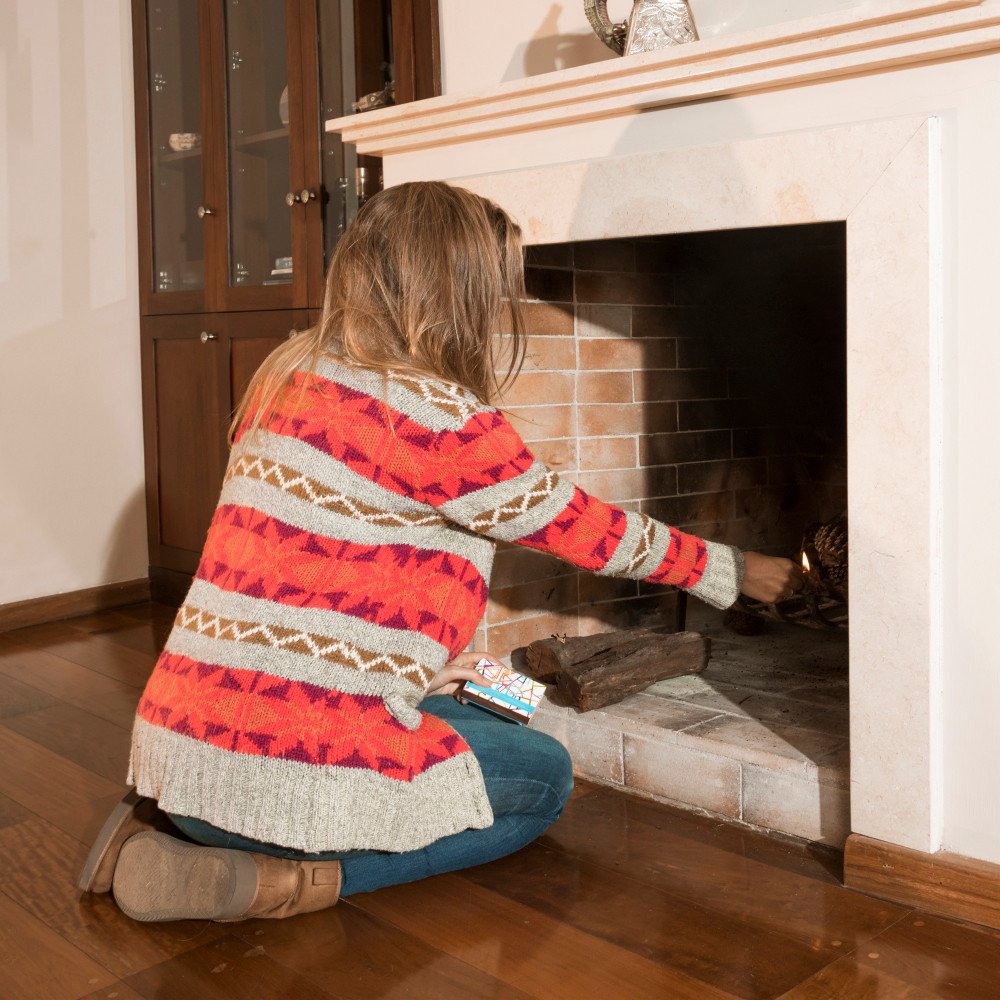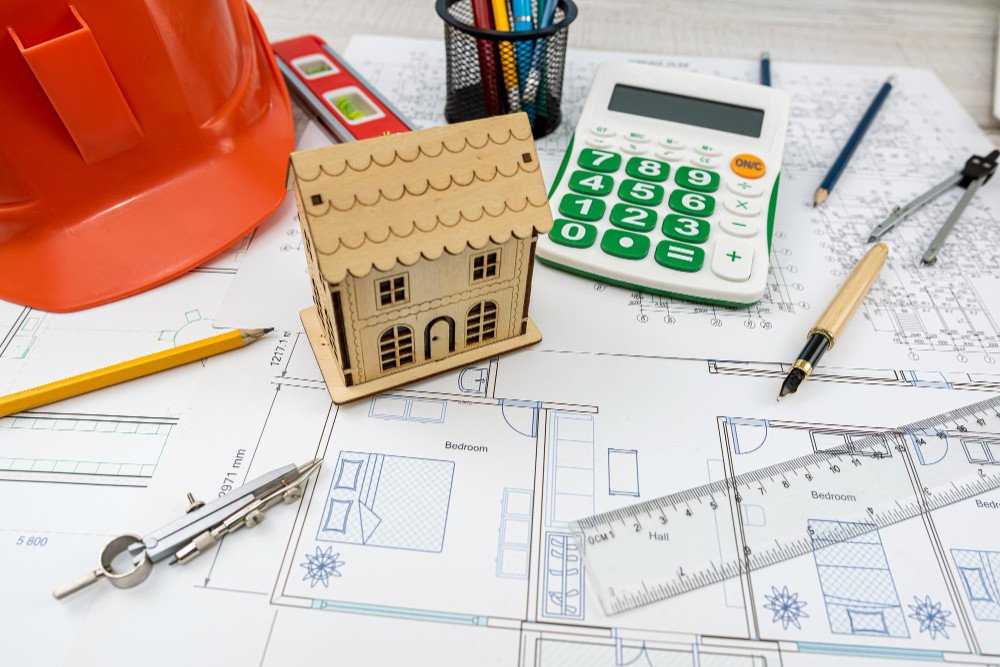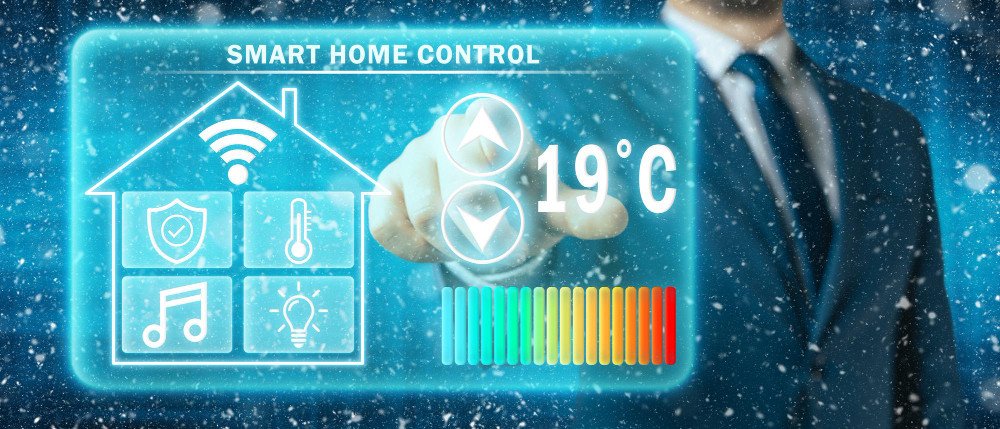Chimney & Fireplace Specialist
Topics of Interest
Tips and Ideas |
Cost Estimation |
Key Considerations |
Trends and Techniques |
When building, repairing, or demolishing a chimney in the UK, several considerations should be kept in mind:
Legal and Regulatory Considerations
Building Regulations: Ensure compliance with local building regulations, including safety standards.
Planning Permission: Check if planning permission is required, especially for listed buildings or conservation areas.
Tips and Ideas
Party Wall Act:
If the chimney is on or near a shared wall, you may need to comply with the
Party Wall Act.
Structural Considerations
Structural
Integrity: Assess the condition of the chimney and surrounding structure to
determine if repairs are needed or if demolition is necessary.
Flue System:
Ensure that any new flue systems meet regulations for venting gases safely.
Safety Considerations
Asbestos: Older
chimneys may contain asbestos, which requires careful handling and removal by a
licensed professional.
Scaffolding and
Safety Gear: Proper safety measures should be in place during construction or
demolition.
Environmental Considerations
Waste Disposal:
Follow regulations for the disposal of materials, especially if they contain
hazardous substances.
Energy
Efficiency: Consider installing energy-efficient systems that comply with
modern standards.
Cost Estimation
The cost of
building, repairing, or demolishing a chimney can vary widely based on
location, materials, and complexity of the work. Here’s a rough breakdown:
Building a New
Chimney:
£2,000 to
£5,000 or more, depending on materials and height.
Chimney Repair:
Minor repairs
may cost £200 to £1,000; extensive work could be £1,500 to £3,000.
Chimney
Demolition:
This can range
from £500 to £3,000, depending on the size and structural complexities.
For accurate
estimates, it’s advisable to get quotes from local contractors.
Key Considerations When Hiring
When hiring
professionals to build, repair, or demolish a chimney in the UK, consider the
following key factors:
1.
Qualifications and Experience
Ensure the
contractors are qualified and experienced in chimney work.
Look for
relevant certifications, such as membership in trade associations (e.g., HETAS
for solid fuel systems).
2. Insurance
and Liability
Verify that the
contractors have public liability insurance to cover any potential accidents or
damage.
Check if they
provide a warranty for their work.
3. Regulatory
Compliance
Confirm that
the work complies with local building regulations and planning permissions.
Ask if they
will handle necessary inspections and approvals.
4. Health and Safety
Ensure the
contractor follows proper health and safety protocols, especially regarding
working at heights and handling hazardous materials (e.g., asbestos).
5. Cost
Estimates
Obtain
detailed, written quotes from multiple contractors to compare pricing.
Be clear about
what’s included in the estimate (materials, labour, and disposal costs).
6. Timeline
Discuss the
estimated timeline for completion and any potential delays.
Ensure they can
accommodate your schedule.
7. References
and Reviews
Client Feedback:
Ask for references from previous clients and check online reviews to gauge
their reputation and reliability.
Search for the
Trusted Trade People on https://buildersvalley.com/
At Builders
Valley you can find a verity of professional trade persons not only you indeed
even any kind you may need in future.
8.
Communication
Choose a
contractor who communicates clearly and is willing to answer your questions
throughout the process.
9.
Environmental Considerations
Discuss waste
disposal methods and any environmentally friendly practices they employ.
By keeping
these considerations in mind, you can make a more informed decision when hiring
professionals for chimney work
Trends and Techniques
If you are
interested and wants to know what new trends are in then must read this topic
and keep following Builders Valley platform.
Here are some
of the current trends in the UK regarding chimneys and fireplaces:
1. Eco-Friendly Options
Sustainable
Materials: Increasing use of sustainable materials for chimney construction and
fireplace surrounds.
Bio ethanol
Fireplaces: These are becoming popular as they burn cleanly without the need
for a traditional chimney.
2. Smart Technology
Smart
Fireplaces: Integration of smart technology for controlling heating and
ambiance, including remote-controlled gas fires.
Smart
Thermostats: Systems that optimize energy use based on occupancy and
preferences.
3. Minimalist Designs
Sleek and
Simple: A move towards minimalist, modern designs with clean lines and fewer
ornate details.
Wall-Mounted
Fireplaces: Increasing popularity of wall-mounted or suspended fireplaces that
save space.
4. Multi-Fuel Stoves
Versatility:
Multi-fuel stoves that can burn wood, coal, and other fuels are in demand for
their flexibility and efficiency.
5. Focus on Efficiency
High-Efficiency
Inserts: Installation of high-efficiency fireplace inserts that enhance heat
output and reduce emissions.
Flue Gas Recovery
Systems: Innovations that help recover heat from flue gases.
6. Customization
Bespoke Designs:
More homeowners are opting for custom-made fireplaces tailored to their
specific aesthetic and functional needs.
7. Open Plan Living
Room Dividers:
Fireplaces used as stylish room dividers in open-plan spaces, providing both
warmth and a focal point.
8. Integration with Outdoor Spaces
Outdoor
Fireplaces and Fire Pits: Growing interest in outdoor heating solutions that
extend living spaces and enhance outdoor entertaining.
9. Hybrid Fireplaces
Combining
Traditional and Modern: Fireplaces that combine traditional wood-burning
elements with modern technologies for efficiency and style.
These trends
reflect a shift towards sustainability, efficiency, and personalization in home
design, particularly in the context of heating and aesthetics.





